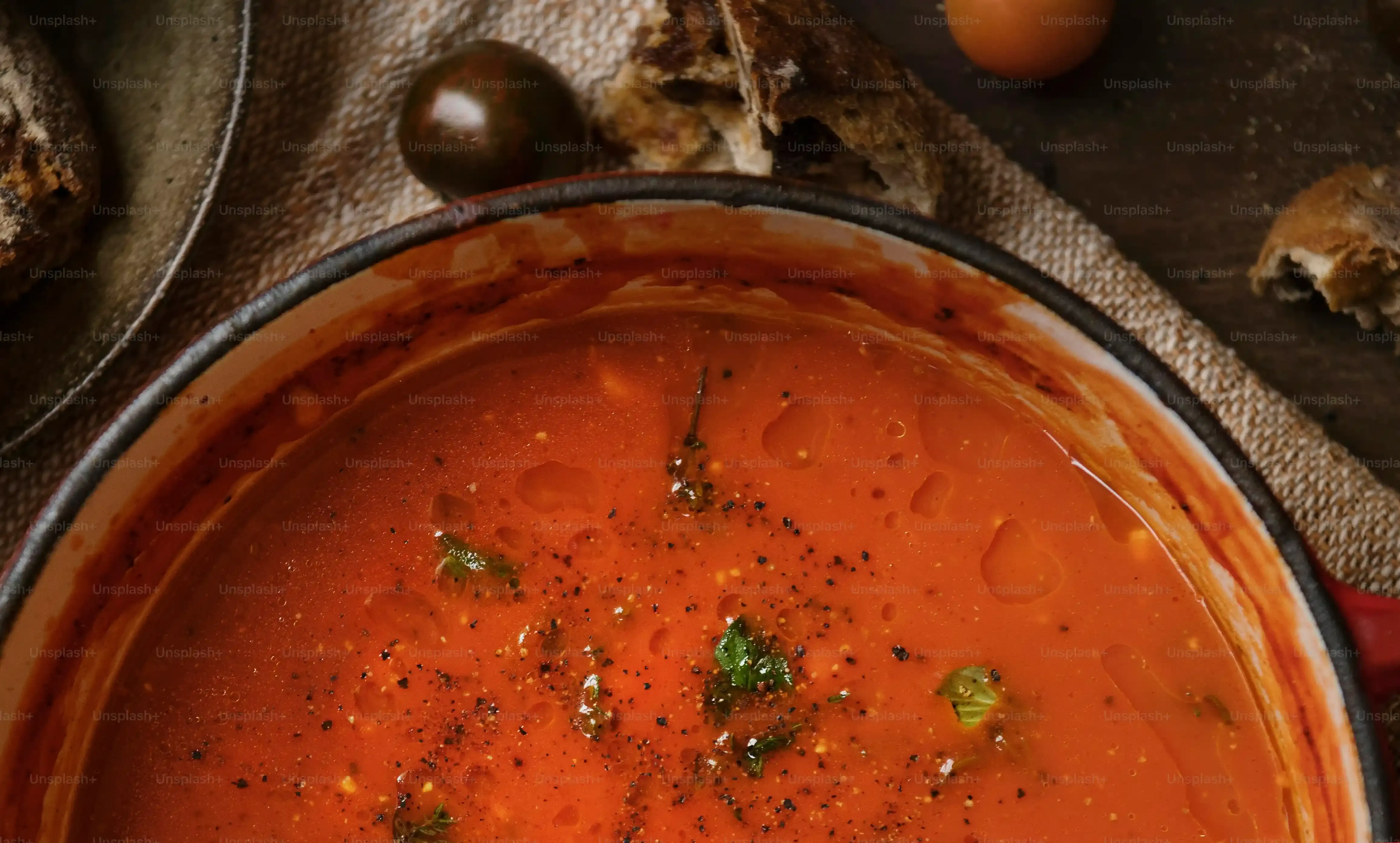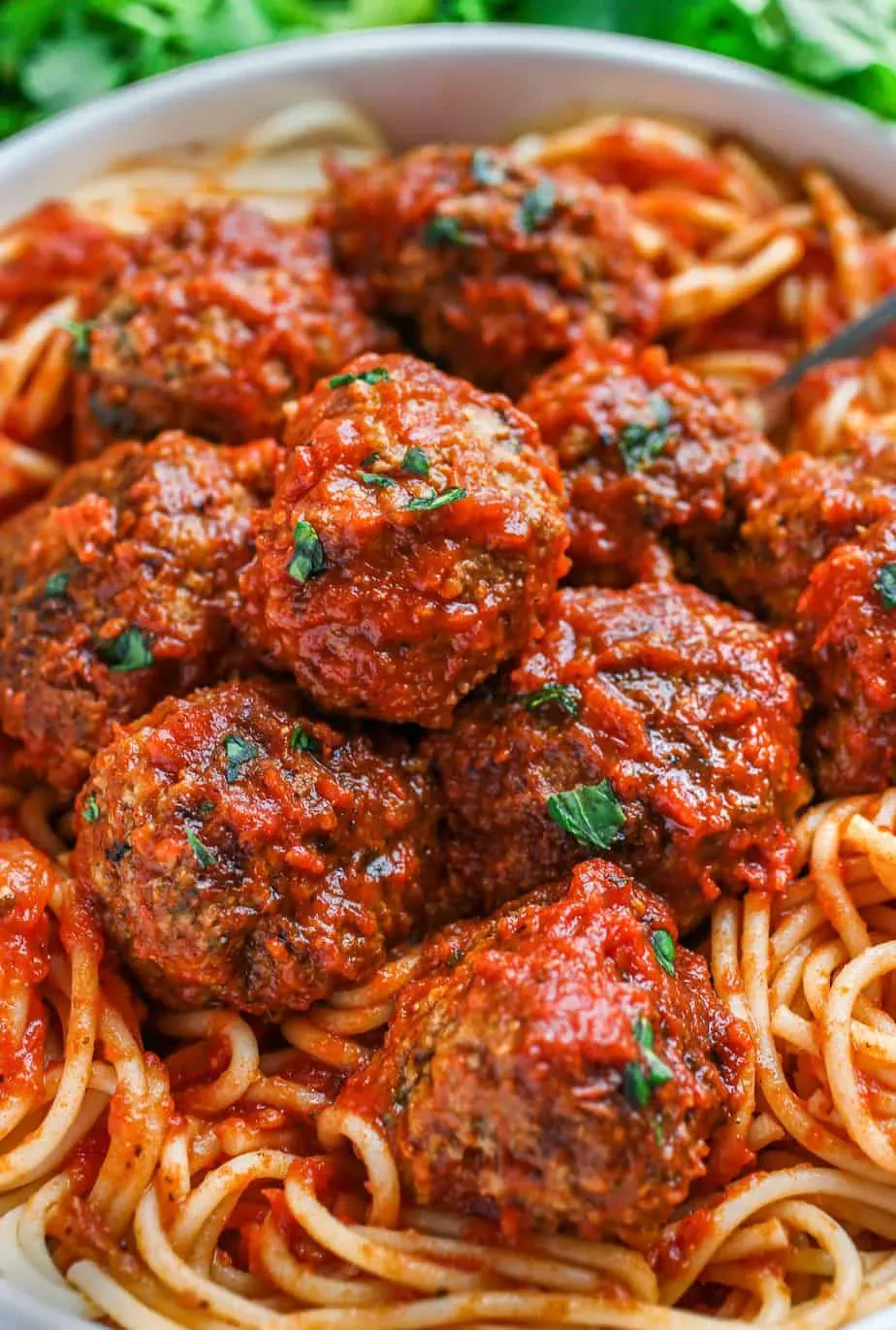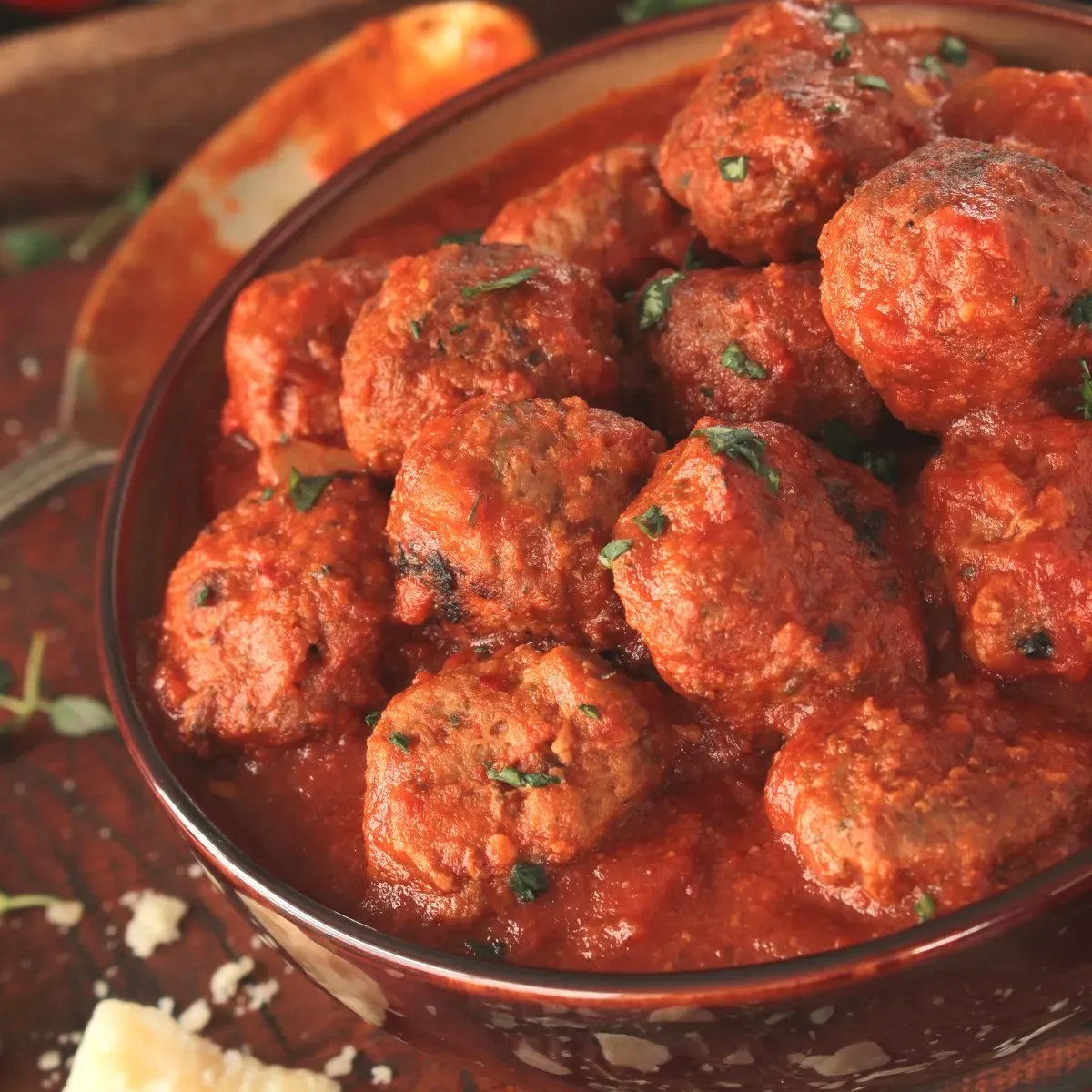Table of Contents
Ever make meatballs that end up feeling more like rubber bullets than tender, flavorful bites? You spend time mixing, rolling, and simmering, only to pull out tough, dry spheres that crumble or just taste... flat. It's a common kitchen disappointment, especially when you're aiming for that comforting, classic dish.
The Secret to Tender Italian Meatballs Cooked in Sauce

The Secret to Tender Italian Meatballs Cooked in Sauce
Let's cut through the noise right away. The real secret to achieving truly tender, juicy Italian meatballs cooked in sauce isn't some obscure ingredient or a nonna's whispered incantation. It boils down to two critical factors often overlooked: the fat content and the cooking method. Too lean a meat mix, and you get dry pucks. Browning them first at high heat? That’s a surefire way to lock in toughness before they even hit the simmering pot. The goal is to use a mix that has enough fat to stay moist during the long, gentle simmer and to cook them directly in the sauce from raw. This allows them to absorb the sauce's flavor and moisture as they cook, resulting in that undeniably soft, yielding texture everyone chases in an Italian meatball recipe cooked in sauce.
Essential Ingredients for Your Italian Meatball Recipe

Essential Ingredients for Your Italian Meatball Recipe
Getting the Meat Mix Right
Look, you can't just grab a pound of the leanest ground beef and expect magic. That's like trying to build a sandcastle with dust. A proper italian meatball recipe cooked in sauce relies on a blend. Think beef, pork, maybe a little veal if you're feeling fancy or traditional. The beef gives it body, the pork adds essential fat for moisture and flavor. Aim for something around 80/20 beef, or a mix that includes ground pork, which usually has a decent fat content itself. This fat renders down as it simmers in the sauce, keeping things ridiculously tender instead of turning them into dry, sad little rocks.
Binders That Don't Ruin Everything
Now, about holding these things together. Skip the massive amounts of dry breadcrumbs that soak up everything good. You need a binder, but one that adds moisture, not just structure. Stale bread soaked in milk (or even water) is classic for a reason. It creates a tender crumb within the meatball. Eggs are also crucial – they act like glue. Don't go overboard, though; too many eggs make them rubbery. And for flavor? Grated Pecorino Romano or Parmesan cheese is non-negotiable. Fresh garlic (minced, not powdered, unless you're in a real pinch), fresh parsley, and maybe a pinch of dried oregano or basil are your friends here. These aren't just fillers; they build layers of that unmistakable Italian flavor.
Here’s a quick look at common binder ratios:
- Stale bread (about 1 cup, crusts removed, soaked in milk/water)
- Eggs (usually 1 or 2 per pound of meat mix)
- Grated hard cheese (1/2 cup to 1 cup)
Seasoning and Liquid Essentials
Beyond the herbs and cheese, salt and pepper are obviously critical. Season the meat mixture well; remember it’s going into a large pot of sauce, and the seasoning needs to carry through. A splash of milk or even some red wine in the mix can also help keep things moist and add flavor. Some folks add a little tomato paste or even a touch of red pepper flakes for a subtle kick. The key is balancing the flavors so the meatball tastes good on its own, but even better once it's had a long bath in that glorious red sauce.
How to Form and Prepare Meatballs for Cooking in Sauce

How to Form and Prepare Meatballs for Cooking in Sauce
Handling the Mix and Getting Your Hands Dirty (Literally)
Alright, you've got your perfectly balanced meat mix sitting in the bowl, smelling pretty good already. Now comes the part where you actually turn that delicious mess into meatballs. Don't be shy; get your hands in there. Mixing is crucial, but overmixing is the enemy. You're not kneading dough. You want to combine everything until it's just incorporated – the meat, the bread mixture, the cheese, the herbs. Too much handling develops the protein, making for tougher meatballs. Think of it like gently persuading the ingredients to hang out together, not forcing them into submission.
Once mixed, start forming the meatballs. Size matters here. Too big, and they take forever to cook through in the sauce, potentially drying out the outside before the inside is done. Too small, and they might disintegrate or cook too fast. Aim for something roughly the size of a golf ball, maybe slightly smaller. They don't need to be perfectly uniform spheres, either. A little rustic charm is fine. Just make sure they're packed firmly enough to hold together but not so dense you could use them as projectiles.
Skipping the Sear: Why Raw is Right for Sauce Cooking
Now, here's where many recipes diverge, and frankly, where many go wrong for an italian meatball recipe cooked in sauce. Forget the frying pan. Forget the oven pre-bake. For this method, you are dropping those raw, formed meatballs directly into simmering sauce. I know, it feels counterintuitive to some. But trust me on this. Browning creates a crust, which is great if you're eating them plain, but it prevents the meatballs from fully absorbing the sauce's goodness as they cook. Cooking them raw in the sauce allows them to gently poach, soaking up all that tomato flavor and staying incredibly moist. This is key to getting that tender texture we talked about earlier.
So, as you form each meatball, just set it aside on a plate or tray. No need for oil, no need for heat yet. They're just waiting for their luxurious bath in the simmering tomato goodness you've got going on the stove. Resist the urge to brown them. Your patience will be rewarded with meatballs that are tender all the way through, infused with the rich flavor of the sauce.
Here's a quick checklist for forming:
- Hands are clean and ready.
- Meat mix is just combined, not overworked.
- Meatballs are roughly golf-ball sized.
- They are firm enough to hold shape but not overly dense.
- They are waiting, raw, for the sauce.
Mastering the Simmer: Cooking Your Italian Meatball Recipe in Sauce

Mastering the Simmer: Cooking Your Italian Meatball Recipe in Sauce
you've got your sauce bubbling gently, smelling fantastic. This is the moment you drop those raw, carefully formed meatballs right into the warm bath. Don't overcrowd the pot; they need space to cook evenly and absorb that sauce. Bring the sauce back up to a gentle simmer, just a lazy bubble here and there, then cover the pot. This low, slow cooking is critical for an italian meatball recipe cooked in sauce. It's not a race. The heat slowly penetrates the meatballs, cooking them through while the moisture from the sauce keeps them incredibly tender from the inside out. This method infuses every bite with the rich tomato flavor, unlike browning which can create a barrier.
Serving Up Your Perfect Italian Meatball Recipe Cooked in Sauce

Serving Up Your Perfect Italian Meatball Recipe Cooked in Sauce
Checking for Doneness and Letting Them Rest
your kitchen smells incredible, and those meatballs have been simmering away in that beautiful red sauce. How do you know they’re actually done? You could slice one open, but who wants to mess up a perfectly good meatball? The best way is to use an instant-read thermometer. You're looking for an internal temperature of 160°F (71°C). Stick the thermometer into the center of a few meatballs in the pot. Once they hit that mark, resist the urge to serve them immediately. Let them hang out in the hot sauce off the heat for another 10-15 minutes. This resting period is crucial. It allows the juices to redistribute, ensuring they stay tender and don't dry out the moment you pierce them with a fork. Think of it as giving them a moment to collect themselves before their grand debut.
Pairing Your Perfect Meatballs
So, you've successfully made tender, flavorful meatballs using this italian meatball recipe cooked in sauce. What do you serve them with? The classic pairing, of course, is spaghetti. The thick sauce clings beautifully to the pasta, and a meatball on top of a mound of noodles is just iconic comfort food. But don't feel limited. They're fantastic with other pasta shapes too – rigatoni, penne, or even a wide pappardelle. For something different, serve them over creamy polenta or a scoop of mashed potatoes. Or, if you're feeling less carb-heavy, just ladle them into bowls with plenty of sauce and some crusty bread for dipping. A simple green salad is always a good idea to cut through the richness.
- Classic Spaghetti
- Creamy Polenta
- Crusty Bread for Dipping
- Mashed Potatoes
- Other Pasta Shapes (Rigatoni, Penne, Pappardelle)
Garnishing for Impact (and Flavor)
You've done the hard work; now make it look and taste even better with a simple garnish. A generous sprinkle of freshly grated Pecorino Romano or Parmesan cheese is non-negotiable. The salty, sharp cheese just elevates everything. Fresh basil or parsley, roughly chopped, adds a pop of color and freshness that brightens the rich sauce and meatballs. Don't underestimate what a little bit of fresh green can do. A drizzle of good quality extra virgin olive oil over the top just before serving adds a final touch of luxury and flavor. It’s the small things that make a big difference in presenting your triumphant italian meatball recipe cooked in sauce.
Your Perfect Italian Meatballs Await
So there you have it. No magic spells, no obscure ingredients, just the solid method of letting those meatballs finish their journey right there in the bubbling sauce. This isn't just about convenience; it's the fundamental step that guarantees they absorb flavor and stay ridiculously tender. Stop fussing with frying beforehand and embrace the simmer. Make this italian meatball recipe cooked in sauce, and you'll understand why sometimes the simplest approach yields the most satisfying results. Go make some meatballs.